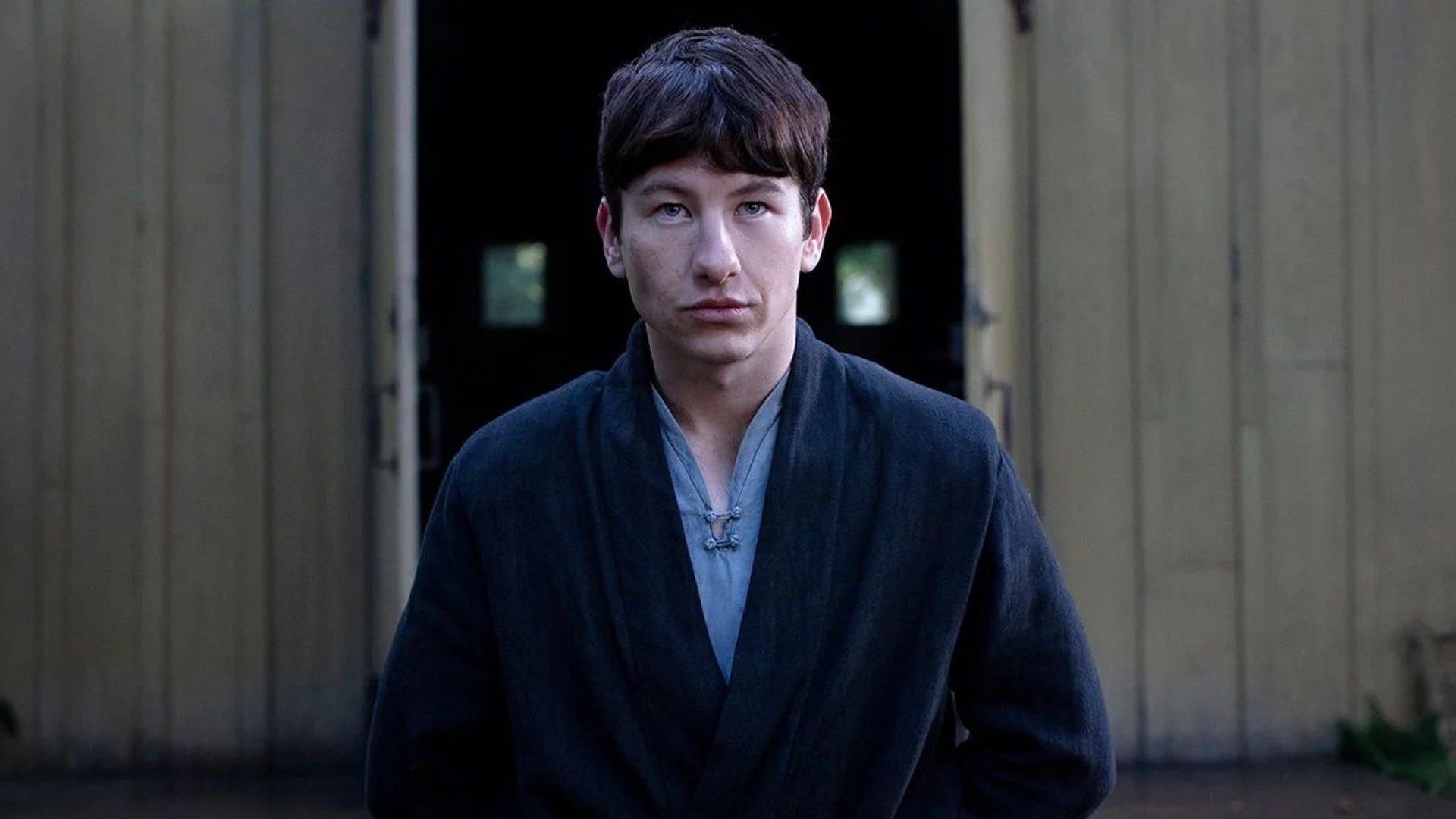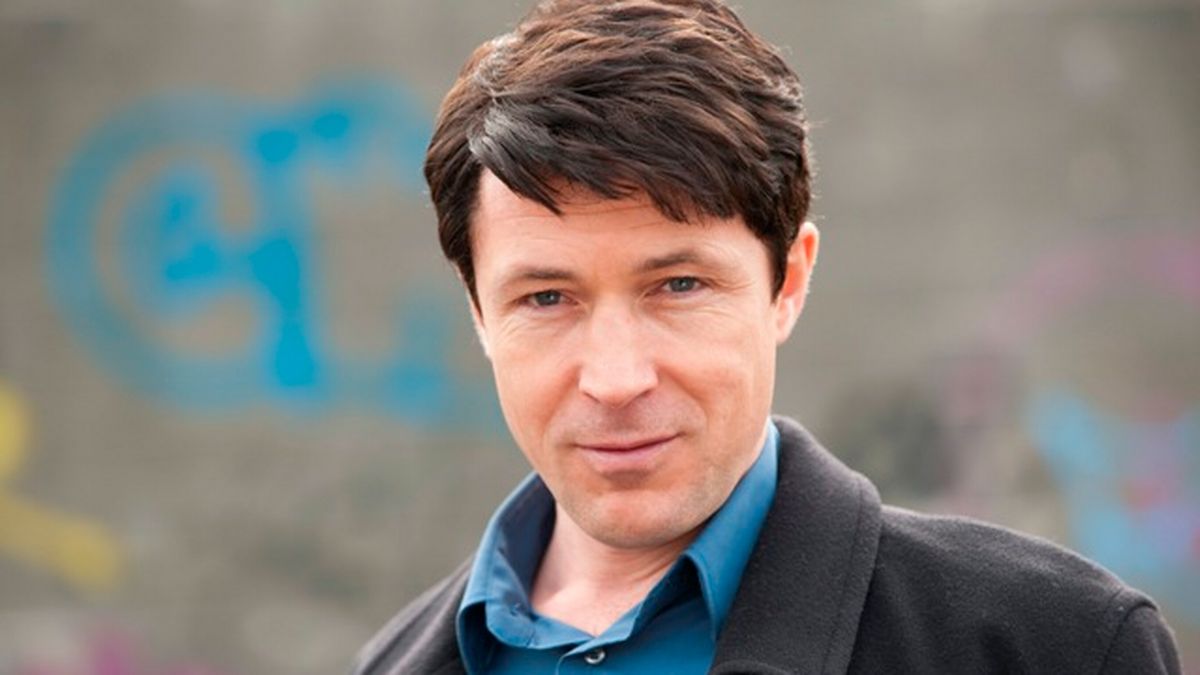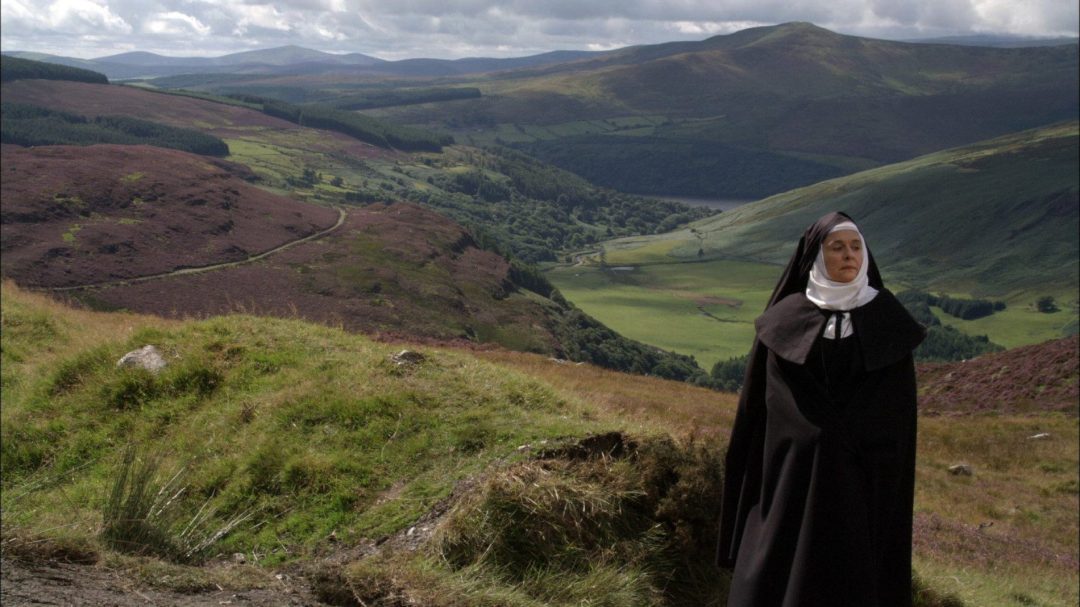The Mesolithic period, also known as the Middle Stone Age, was a time of significant change in Ireland. This era spanned from approximately 8000 BCE to 4000 BCE, following the end of the last Ice Age. During this time, Ireland was transformed from a barren tundra into a lush landscape, teeming with wildlife and vegetation. The Mesolithic period saw the arrival of humans on the island and the establishment of permanent settlements, as well as the development of new technologies and cultural practices.
The earliest evidence of human presence in Ireland dates back to around 8000 BCE, during the late Mesolithic period. Archaeological excavations have uncovered evidence of small, mobile communities of hunter-gatherers who moved across the landscape in search of food and resources. These early settlers were skilled at exploiting the natural environment, using tools and techniques that allowed them to hunt, fish, and gather food from a variety of sources.
One of the most significant changes of the Mesolithic period was the transformation of the Irish landscape. As the ice sheets receded and temperatures rose, the tundra was replaced by a rich and diverse array of plant and animal life. Forests of birch, hazel, and oak covered much of the island, while rivers and lakes teeming with fish and other aquatic species. These new resources provided a wealth of food and raw materials for the Mesolithic inhabitants of Ireland, enabling them to develop more sophisticated tools and techniques.
Mesolithic settlers in Ireland
The Mesolithic period also saw the emergence of more settled communities in Ireland. Archaeological excavations have revealed evidence of long-term encampments and the construction of semi-permanent dwellings. These structures were typically made of timber and covered with animal hides or thatch and provided shelter for families and small groups. Settlements were often located near sources of food and water and were sometimes fortified with wooden palisades or other defensive features.
The Mesolithic inhabitants of Ireland were skilled hunters and fishermen, using a variety of tools and techniques to exploit the natural resources of the landscape. Hunting was carried out using spears, bows, and arrows, while fishing was done using nets, traps, and harpoons. The Mesolithic people also gathered wild fruits, nuts, and berries, as well as shellfish, birds' eggs, and other foodstuffs.
In addition to their hunting and gathering activities, the Mesolithic inhabitants of Ireland were also skilled at making a wide range of tools and implements. Stone tools, such as flint blades and arrowheads, were commonly used for cutting, scraping, and piercing, while bone and antler were used to make needles, awls, and other items. These tools were often highly specialized, designed to meet the specific needs of different tasks and activities.
Mesolithic rituals
Another important aspect of Mesolithic culture was the development of ritual and ceremonial practices. Archaeological excavations have uncovered a range of artifacts and structures that suggest the presence of religious and spiritual beliefs among the Mesolithic people of Ireland. These include burial sites, rock art, and other symbols and motifs that may have had symbolic or ritual significance.
Overall, the Mesolithic period was a time of significant change and development in Ireland. This era saw the emergence of human settlements and the establishment of more settled communities, as well as the development of new technologies and cultural practices. The transformation of the landscape, the exploitation of natural resources, and the development of specialized tools and techniques all contributed to the success and longevity of the Mesolithic inhabitants of Ireland.
Woodman, P. (2005). Mesolithic Ireland. In M. Parker Pearson & R. Cleal (Eds.), The Archaeology of Britain: An Introduction from Earliest Times to the Twenty-First Century (pp. 87-93). Routledge.
Warren, G. (2007). Archaeology and environment in early Mesolithic Ireland. Journal of Irish Archaeology, 16, 25-44.
O'Brien, W. (2006). Mesolithic settlement in Ireland: new perspectives from the north. In F. McCormick, T. Kerr & E. Murray (Eds.), Archaeology of Celtic Art (pp. 101-116). Oxbow Books.
Doyle, M. (2012). Early Mesolithic activity in Ireland: A review. Proceedings of the Royal Irish Academy, 112C, 1-26.
Finlay, N. (2011). Mesolithic landscapes and the formation of complex societies in Ireland. Antiquity, 85(327), 1005-1019.





